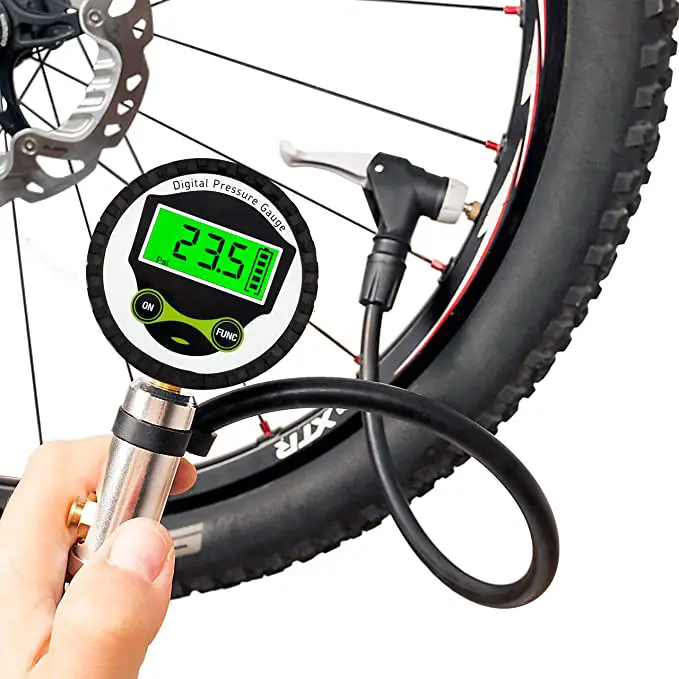When it comes to boating, safety is paramount. One question that frequently comes up is, “Are inflatable boats safe?” This article aims to answer that question comprehensively, considering various factors that contribute to the safety of inflatable boats.
What Are Inflatable Boats?
Inflatable boats, sometimes known as ‘rubber ducks’, are lightweight boats with flexible tubes containing pressurized gas on the sides. The hull of an inflatable boat can either be rigid or flexible. These boats are beloved amongst holidaymakers, fishers, and water sport enthusiasts and provide a practical solution for emergency situations too.
Safety Of Inflatable Boats: A Closer Look
In short, yes, inflatable boats are generally safe. However, the safety of an inflatable boat largely depends on the conditions in which it’s used, how well it’s maintained, and the care taken by the operator.
Stability and Buoyancy
Inflatable boats have a low center of gravity, which makes them very stable even in turbulent waters. The air-filled tubes provide excellent buoyancy and even if one tube gets deflated, the boat can still float.
Durability
Modern inflatable boats are made from robust and hard-wearing materials such as PVC and Hypalon. These materials are resistant to UV rays and saltwater, contributing to the long lifespan of an inflatable boat.
Versatility
Inflatable boats are designed to be versatile, which often translates to increased safety. They are suitable for calm lakes, rivers, and even out in the sea (under the right conditions).
Safety Precautions
While inflatable boats are generally safe, it’s always necessary to take precautions while out on the water. Wear a life jacket, check the weather before heading out, avoid overloading, and ensure proper maintenance of your inflatable boat.
Tips For Safely Using Inflatable Boats
Here are some measures that should be taken to ensure safety while using inflatable boats:
- Routine Inspections: Regularly inspect your inflatable boat for any signs of wear and tear. Make sure the valves are airtight and that there are no leaks.
- Equipment Checks: Always carry proper safety equipment. This includes a pump, repair kit, first aid box, life jackets, and navigation lights if you plan to use it after dark.
- Responsible Boating: Follow responsible boating practices such as maintaining a safe speed, respecting other boaters, and being observant of your surroundings.
- Understanding the Limitations: It’s crucial to understand what your inflatable boat is capable of. Not all inflatable boats are designed for tough marine environments.
In conclusion, inflatable boats are remarkably safe, provided they are correctly used and well-maintained. The inherent stability and buoyancy of these boats offer an assured level of security. However, as with any waterborne vessel, making safety a priority is crucial – stay vigilant, follow best practices, and respect the water.


